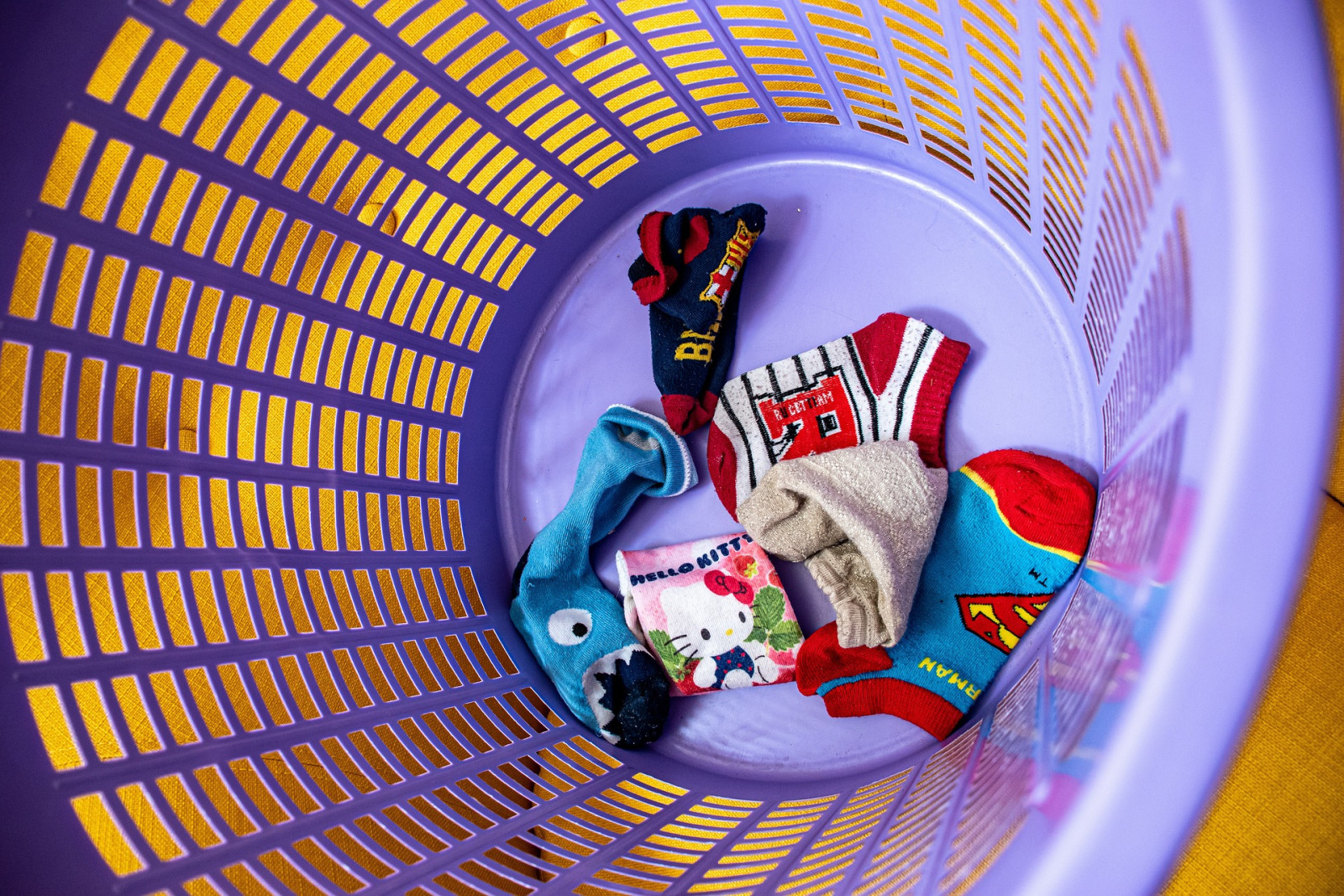
Read part 1 first.
Let's talk specific laundry ingredients!!! What causes the problems with laundry detergent?
Many of us don’t think twice about the laundry soap we use, but many commercial detergents contain a frightening array of hazardous chemicals that can harm our health. From asthma to skin irritation, it is important to be aware of the toxins lurking in our laundry soaps — and consider safer alternatives.
From endocrine-disrupting compounds to carcinogens, here are some of the common toxins found in laundry soap:
- Phthalates - These have been linked to reproductive problems, developmental problems (with unborn babies) and hormone disruption, as well as heightened risk of asthma and allergies in children.
- Fragrances & Dyes - Common synthetic fragrances like linalool, limonene and ethanol can cause headaches and excessive sneezing when inhaled; while dyes used to give ‘freshness’ may exacerbate skin rashes, respiratory distress, endocrine disruptions, and other reactions. Dyes potentially cause cancer, disrupt the immune system, and can cause hypersensitivity, or hyperactivity.
- Triclocarban & Triclosan - These two preservative ingredients are commonly found in antibacterial soaps, yet are increasingly being added to detergents. They have been associated with antibiotic resistance as well as risks for tumors, endocrine disruption and impaired fetal development.
- Sulfates & Chlorines - Also known as anionic surfactants and bleach respectively, these two substances are known for causing undue skin, lung, and eye damage.
- Ethoxylated Alcohols & Phenols - These synthetic compounds can cling onto fibers during washing processes which could then be absorbed into our bodies via skin contact when wearing clothing washed with them; hence posing a risk for organ damage over time! These persist in our clothes, environment, and our bodies, and the bioaccumulation can cause symptoms of exhaustion, muscle weakness, and pain.
One thing to watch out for is that each of these has many different forms and names. They may appear on the label as something unfamiliar, or they may not appear on the label at all. The word "Fragrance" is a catchall word that protects companies from disclosing their "proprietary" ingredients, and leaves the consumer in the dark.
It is clear that palm-sized bottles of laundry detergents can often be more hazardous than you might think — but thankfully switching out conventional soap for eco-friendly options isn’t too difficult either! Investing in natural products free from parabens, chlorine bleach or artificial fragrances may take a bit more effort than just popping into your local store — but your family’s health makes it more than worth it!
Want to look these up? Google the ingredient + dangers of. Or the ingredient + ewg.org. There are many ways to research, and it can be frustrating to find the truth when companies want it covered up.
My blogs contain some affiliate links.
Any purchase made is a blessing to my family at no extra cost to you!
Thank you for supporting us!







0 Comments